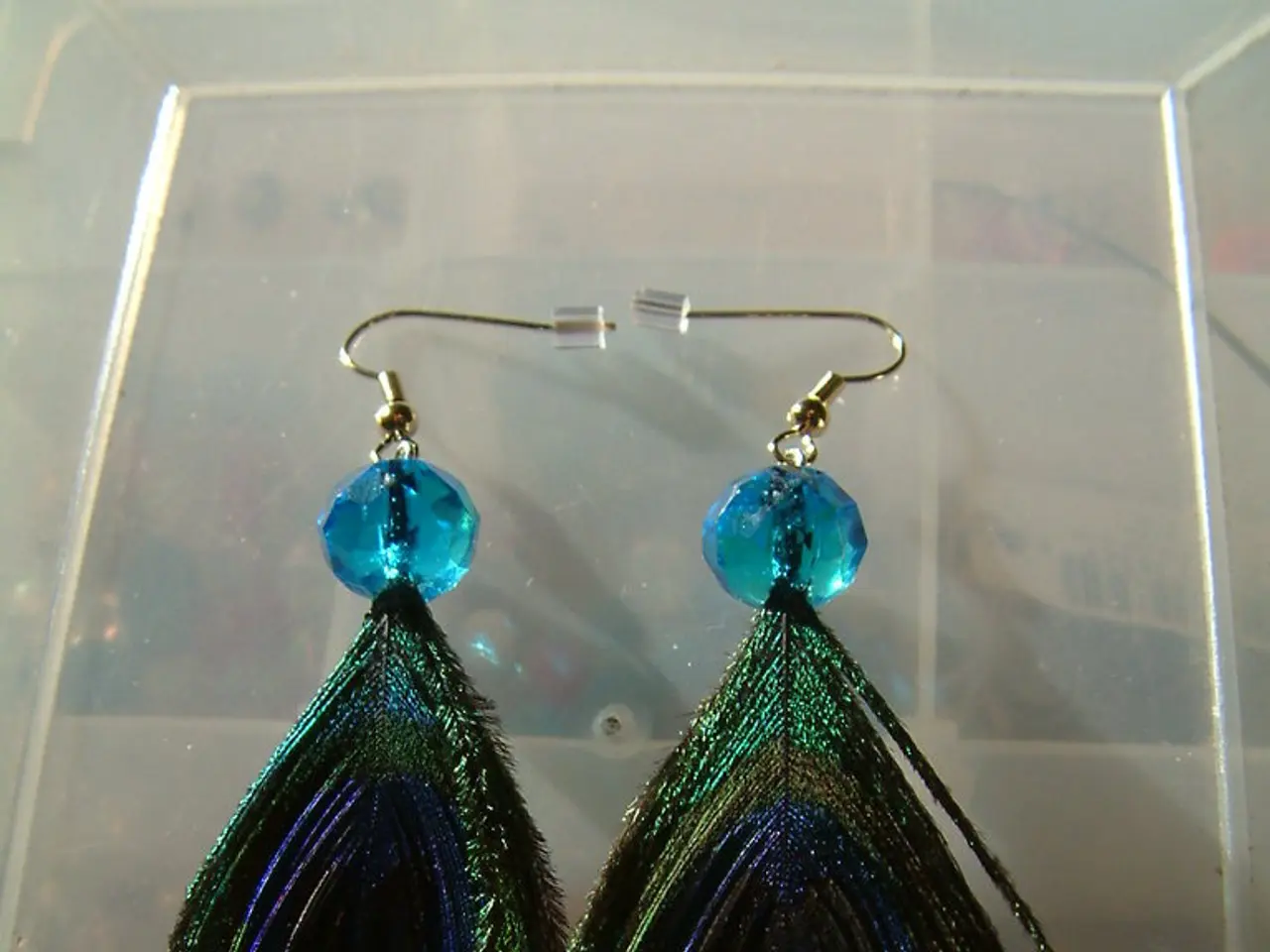Acupressure beads: Function, efficiency, and safety concerns
In the realm of alternative medicine, ear seeds have gained popularity as a simple and non-invasive method for managing various health conditions. These small items, often made from synthetic materials like metal or ceramic, are used to stimulate pressure points in the ear, a practice known as auriculotherapy.
Pain Relief (including migraines): Auricular stimulation targeting specific points on the ear has been used in traditional Chinese medicine (TCM) to manage various types of pain, such as headaches and joint pain. While TikTok sources note ear seeds being used for pain relief by stimulating ear points, these claims are often based on traditional practice and anecdotal evidence rather than large-scale rigorous clinical trials. Scientific studies indicate auriculotherapy can modulate pain pathways, but conclusive large trials on ear seeds alone remain limited.
Stress and Anxiety: A 2025 study on auriculotherapy applying needles initially and then cowpea seeds to specific ear points (e.g., Shenmen, sympathetic nervous system points) found reduced anxiety, stress, and depression levels after consistent treatment and self-stimulation of the seeds by participants over weeks. This suggests ear seeds may contribute to stress and anxiety relief by stimulating neurological and biochemical pathways associated with relaxation and mood regulation.
Scientific Meta-analyses: A comprehensive 2024 meta-analysis examining 20 randomized controlled trials on auricular stimulation—including needles, magnetic pellets (ear seeds), and electrical devices—showed consistent effects across methods and modest benefits for certain health outcomes. Although weight loss was a primary focus of this meta-analysis, it indicates auricular stimulation is an active area of research with a measurable physiological basis. However, direct evidence specifically linking ear seeds to significant migraine relief is still inadequate.
Despite the promising findings, it's essential to acknowledge the limitations of the existing scientific research. The methodological diversity of trials and often small sample sizes limit strong conclusions. Additionally, popular media and wellness platforms highlight subjective benefits for anxiety, pain, and sleep, though these are less rigorously verified.
When applying ear seeds, a person should clean and dry their ear completely, identify the correct points to address their concerns, use tweezers to attach the seed to the right spots, gently massage the seeds a few times a day, and switch the seeds every few days using a tweezer. If a person experiences an adverse reaction to the adhesive or the seeds become painful, they should remove the seeds immediately.
In summary, while traditional Chinese medicine and some clinical studies support the potential of ear seeds as a minimally invasive aid to relieve pain, stress, and anxiety, robust scientific validation—especially for migraines—is currently limited but promising. Further large-scale, high-quality randomized controlled trials focused specifically on ear seeds are needed to confirm their efficacy definitively.
- The practice of auriculotherapy, which involves the use of ear seeds for stimulating specific points on the ear, is associated with various therapies and treatments aimed at health-and-wellness, including stress and anxiety management.
- Science provides evidence that auriculotherapy can modulate pain pathways and trigger neurological and biochemical responses associated with relaxation and mood regulation, making it a potential alternative medicine for pain relief and mental health.
- In fitness-and-exercise and health-and-wellness, ear seeds can be utilized in conjunction with other approaches to promote overall well-being, but evidence linking them directly to significant pain relief for conditions such as migraines remains sparse, requiring further extensive research.




